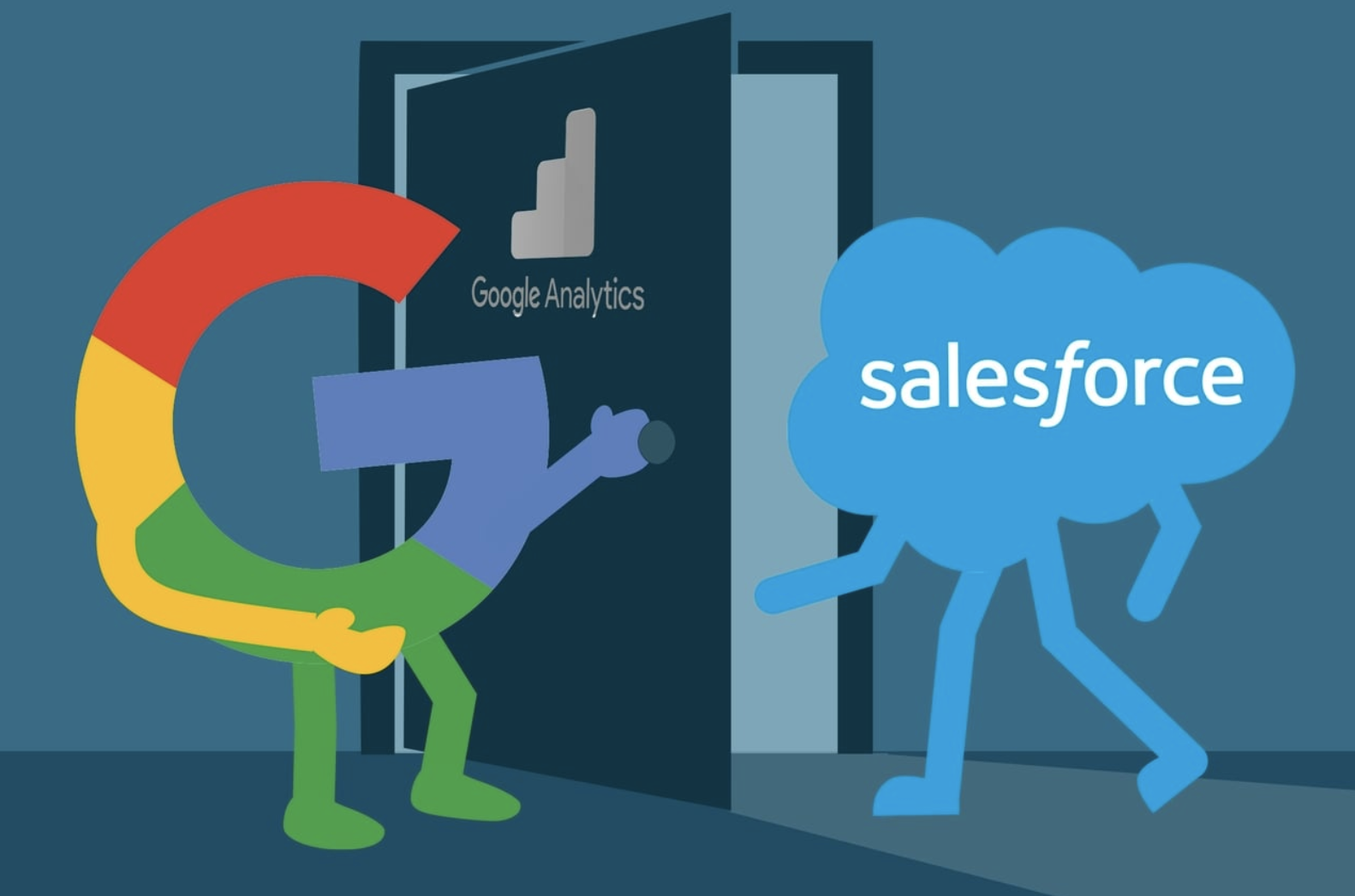In June, Salesforce announced the next level of integration between Salesforce Marketing Cloud (SFMC) and Google Analytics 360 (GA360). Here, AKQA’s Judy Lee (pictured below) explains what this means for digital marketers.

The new integration enables a host of exciting features, with what promises to be minimal implementation requirements for users of the two platforms. In summary, they are:
- Ability to tag emails from SFMC with a single click. This means everything will be tracked for easy attribution, as well as being able to create an audience in GA360 for actioning onsite.
- Ability to see email engagement and onsite analytics from a single dashboard in SFMC.
- Ability to create audiences within GA360 for acting on within SFMC.
These are things that were possible before, but required considerable time and technical resource investment on the part of marketers.
As exciting as this sound, what does it mean for marketers? I think a scenario would illustrate the power of this integration better.
Imagine you are a sporting goods retailer with a welcome series for new subscribers. Using the tagging mechanism, you quickly tag all emails in your journey with GA tracking codes so you can identify people who click through from their welcome email. As we know these users are subscribers, they do not see a ‘subscribe now’ lightbox when they click through, leaving them straight to their shop.
Now they are onsite, and GA360 picks up that they are browsing primarily in running shoes. The user gets placed into the ‘running’ audience segment, and this information gets sent to both Google Optimise and SFMC.
The user closes their browser without purchasing, so the next email they receive includes a spotlight on running shoes. The next time they visit the website, the homepage experience they see is tailored to focus on running shoes and apparel.
Even though it enables a high level of personalisation, the integration does not pass through personally identifiable information (PII), making it easier to support GDPR-compliance.
The integration enables a more frictionless experience for customers, which leads to higher revenue and helps to drive customer loyalty. I’m looking forward to seeing more organisations taking advantage of this to evolve improved customer experiences.
Key takeaways for marketers
- The new integration between SFMC and GA360 enables powerful functionality with a relatively low implementation barrier.
- Integrated analytics with a tick means less time spent on manually ensuring data is fed through, and more time on generating insights for optimisation and personalisation.
- Seamless data sharing enables more timely and better-integrated responses to customer behaviour across owned and paid channels.








